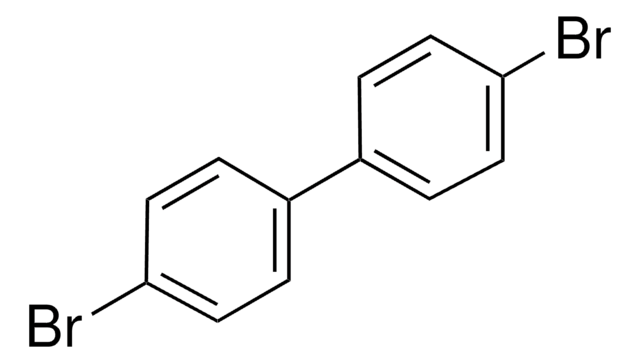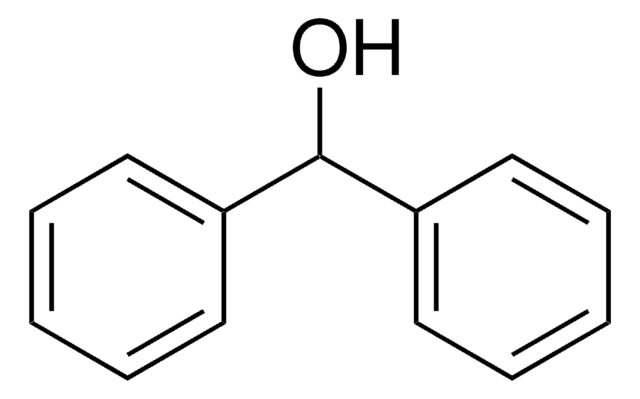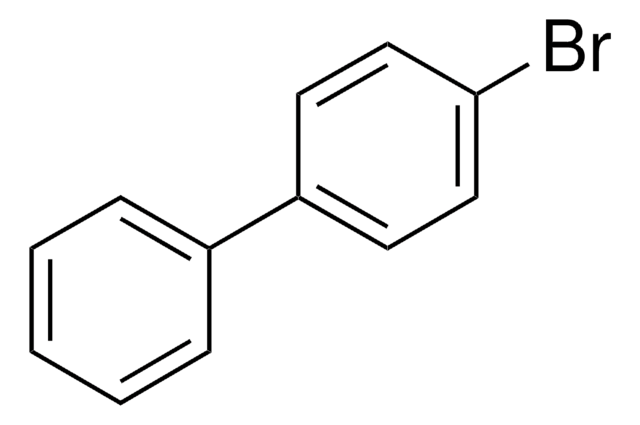35800
Biphenyl
PESTANAL®, analytical standard
About This Item
klasa czystości
analytical standard
Poziom jakości
gęstość pary
5.31 (vs air)
ciśnienie pary
9.46 mmHg ( 115 °C)
linia produktu
PESTANAL®
temp. samozapłonu
1004 °F
okres trwałości
limited shelf life, expiry date on the label
granice wybuchowości
0.6 %, 111 °F
5.8 %, 166 °F
metody
HPLC: suitable
gas chromatography (GC): suitable
tw
255 °C (lit.)
mp
68-70 °C (lit.)
Zastosowanie
agriculture
environmental
format
neat
ciąg SMILES
c1ccc(cc1)-c2ccccc2
InChI
1S/C12H10/c1-3-7-11(8-4-1)12-9-5-2-6-10-12/h1-10H
Klucz InChI
ZUOUZKKEUPVFJK-UHFFFAOYSA-N
Szukasz podobnych produktów? Odwiedź Przewodnik dotyczący porównywania produktów
Powiązane kategorie
Zastosowanie
Informacje prawne
Hasło ostrzegawcze
Warning
Zwroty wskazujące rodzaj zagrożenia
Zwroty wskazujące środki ostrożności
Klasyfikacja zagrożeń
Aquatic Acute 1 - Aquatic Chronic 1 - Eye Irrit. 2 - Skin Irrit. 2 - STOT SE 3
Organy docelowe
Respiratory system
Kod klasy składowania
13 - Non Combustible Solids
Klasa zagrożenia wodnego (WGK)
WGK 2
Temperatura zapłonu (°F)
230.0 °F - closed cup
Temperatura zapłonu (°C)
110 °C - closed cup
Środki ochrony indywidualnej
dust mask type N95 (US), Eyeshields, Gloves
Choose from one of the most recent versions:
Masz już ten produkt?
Dokumenty związane z niedawno zakupionymi produktami zostały zamieszczone w Bibliotece dokumentów.
Klienci oglądali również te produkty
Protokoły
GC Analysis of Polynuclear Aromatic Hydrocarbons (PAHs) in Salmon on SPB®-608 (20 m x 0.18 mm I.D., 0.18 µm) after QuEChERS Cleanup using Supel™ QuE Z-Sep, Fast GC Analysis
Nasz zespół naukowców ma doświadczenie we wszystkich obszarach badań, w tym w naukach przyrodniczych, materiałoznawstwie, syntezie chemicznej, chromatografii, analityce i wielu innych dziedzinach.
Skontaktuj się z zespołem ds. pomocy technicznej




